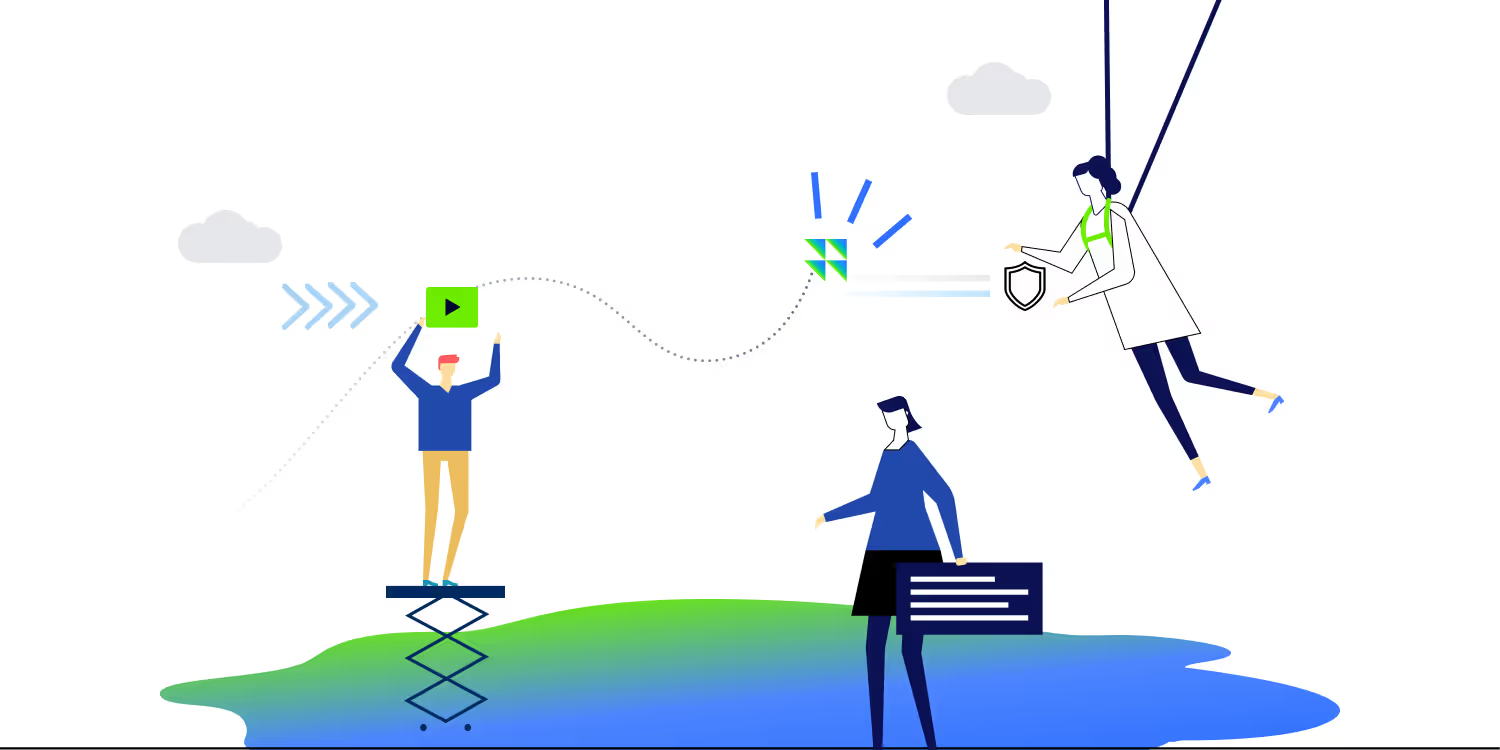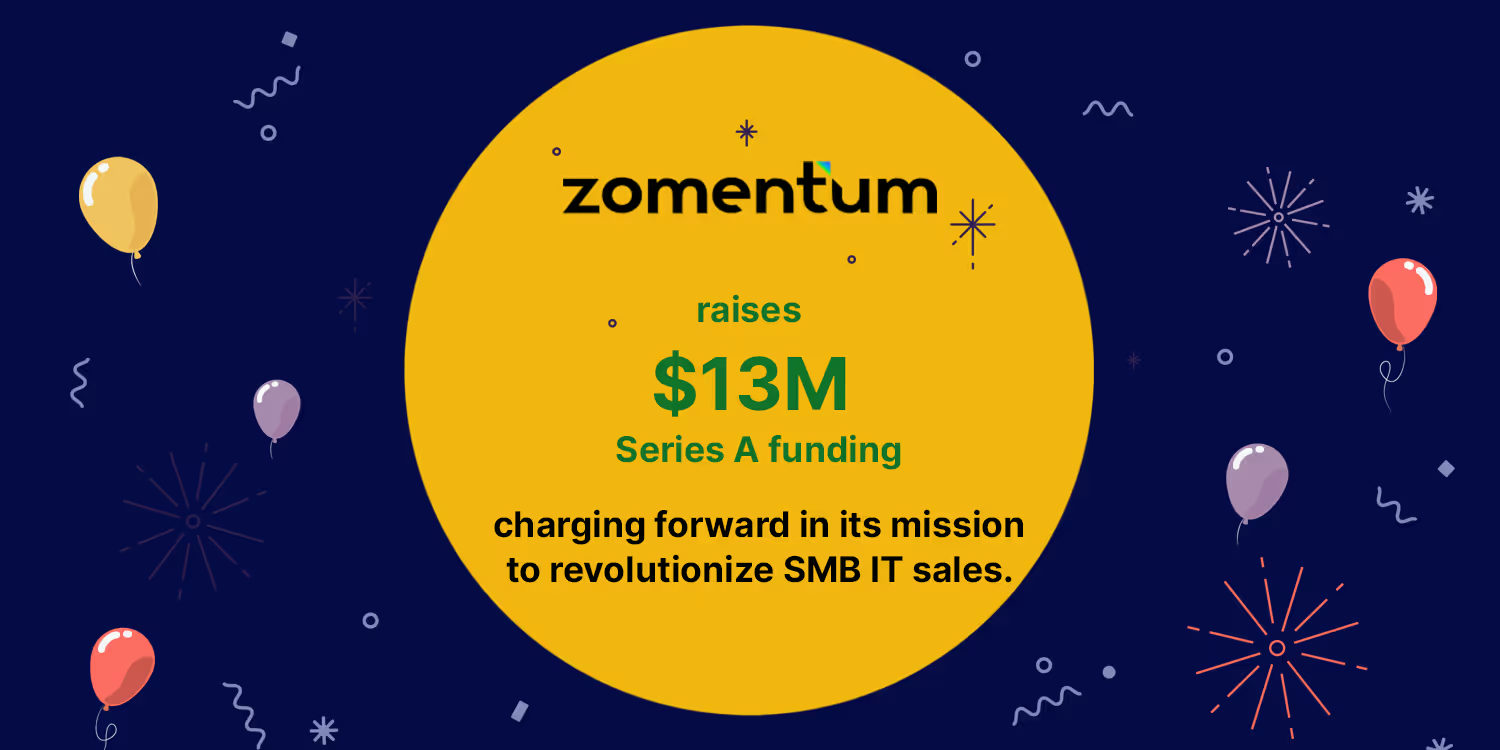Standardization Sells: Don't Let Your Clients Bully You

When your Partners sales process lacks standardization, your business can quickly go off track.
Even though clients want customized selling, it often leads to lower margins and fewer profits. It’s time to take control of your selling process with standardization.
In this post, you will learn:
- What risks and obstacles are involved in standardization.
- Why you need to adopt standardization.
- How you can enable standardization.
- What the secrets are to selling standardized services.
Key Takeaways
Importance of Standardization
For a long time, Partners were mostly working in a break-fix IT support model, which meant if any problem arose, they would solve it and move on. But as time passed, a realization hit that they were repairing the same problems repeatedly. And there is no end to it. This scenario showed that a standardization process had become essential in providing managed services to clients.
But this was just the essence of the story!
Standardization for Growing Partners
With new technologies flowing in, everyone goes willy-nilly in trying to sell and grow their business based on their biased thinking on what is right. Also, the issues that could be resolved through a help desk were actually handled by the partners on site, which was fine for a few customers, but as the customer base grew, it became impossible. The ever-moving environment was workable in an IT support model because the expectations were quite low. But when it comes to providing managed services, it brought in a bit of a conundrum for the following process:
- Training clients on the use of the product
- Training new Partners
- Hiring new Partners
You basically get stitched to the spiral of death, as Gary Peaker defines it, resolving the problems as per the client’s demand and not being able to focus on the growth of the business.
Standardization process
Before you understand the standardization process, you need to figure out
- What's the biggest/most common problem?
- Which client has the most tickets?
- Who is billing the most hours for you?
- Who are the Partners that resolve most tickets?
- And most importantly, how are you going to acquire this data?
When you have the data, you can go about standardizing the most demanded solutions sales and services first. For example, you can standardize the hardware installation process first and then go about the support and then the software(not based on pricing or on the client’s demand but on best practices). You need to have definitive build standards for every bit you sell. You educate your staff and clients on the standardization process, product use, and why you are doing this.
Tackling Bullying Clients
You cannot fight fire with fire!
Remember this saying whenever you are put in the position of defense,” When you're explaining, you're losing.”
Your position needs to be exclusive with the client if the client is adamant and demands a certain product instead of the one you are presenting.
For example, if the client asks for specific software, instead of retorting, you can say it’s not like we can't do this. Still, we all know in our industry that even the offered equipment is perfectly good, and the internal processes and staff trained for delivering this with utmost quality.
If you have confidence in your standardization process, you can push back the customer with the senior executive's support. Because if you trust your customers, why do they need you(Partners)?
It is where you differentiate yourself from being just IT support to being a Partner. Half the time, you will probably not be successful. But you need to know that is not the client for you then.
Sales Standardization
Now, moving into the sales realm slightly, you can make allowances. Some clients need a carrot for you to be able to demonstrate your worth, right?
For those clients, you can convey to them that for a few months you'll follow their lead for a few months, but if they don't follow the same path and process as you, you'll end the relationship. But for your salespeople to have this kind of conversation, they essentially should be equipped with knowledge and argument responses. This is where partners training their salespeople and account manager comes in.
Gary Peaker alludes to this; you have to be clear on your offering and not move the needle until the salesperson has had that discussion at a higher level with the client. In other words, the client or prospect understands why you are in this game. The conversation has to happen on multiple levels while following the maturity matrix.
For any client to be considered a suitable prospect, they must check 12-13 boxes as defined by the maturity matrix. By following the maturity matrix, you can even reduce the number of support calls.
The QBR module in Zomentum is built to enable maturity matrix conversation. It's there to help you track the client's roadmap and show them how those standards align with the roadmap that you want to be taking them on. You can mark something as being effectively not fit for purpose, all the way up to being the gold standard. You can demonstrate the budget they need to be thinking about for next year and the timeline for that budget as well.
Want to know more about Zomentum?
Smart Tips for Designing Comp Plans That Incentivize Salespeople While Delivering the Right Standardized Results
Incentive plans first need to keep evolving with new processes. To start with, incentivizing the new salespeople is enough so that they don't feel pressured to perform from day one. It takes approximately six months for new employees to get their feet under the table and be comfortable with the products being offered.
During the ramp-up period, you can build presentations, tests, and questionnaires to check their progress. Encourage salespeople with experience to get on the sales and support call so that they can be aware of the changing sales environment.
Second, you must be confident in incentivizing those sales lines that you want to get moving on. Hence be prepared to flip your incentivization on some of the lower products in your managed services in your maturity matrix equivalent. In Zomentum, you can carefully gear up the products that you're allowed to sell. But then you can lead that into a journey of expectation for the salespeople.
And the final thing is to ensure that your salespeople don't go off script. Randomness, inspiration, and innovation should be kept to R&D periods of time and never just be randomly rolled out into production.
Outsourcing Network Operations Center (NOC), Security Operations Center (SOC), helpdesk, and other services with Standardization
If you think you can outsource all your problems, think again!
It never works.
The best scenario for outsourcing is when you have set up the conversation with the outsourced team to set how you want your customers to be handled and how you want your tickets resolved. Apart from this, you cannot go to an outsourcing company with an excel sheet for collaboration, your team of partners should be equipped to handle tools like PSA, CRM, and Zomentum, for real-time collaboration. Otherwise, you are opening yourself up to multiple support calls for outsourced engineers only.
Apart from this, you need to even drill down to the nitty gritty of the outsourced process, for example, if you want the outsourced team to handle calls after 6 pm. You need to list down the following:
- Call routing process
- IVR Message
- Escalation process and point of contact
- Out-of-hours point of contact
All these challenges can be tackled with an extensive onboarding process after drilling down what exactly you want to outsource and why.
Level of Standardization while acquiring a business
There's a probable preconception that you have a standardized process because you've got a PSA. But in most cases, the situation is far from this conception. Essentially, it does not mean you don’t require these basic sales tools.
While acquiring or merging with a company, let’s say, an IT company, you need to check the following:
- Similar technologies the acquired company’s clients are using
- The similarity in the billing cycle
- The similarity in the sales process
You might also want to check the process of any rogue sales that the acquired company has made and what deviations were allowed.
You will be able to determine what standardization process this merge requires after acquiring this data. But while setting up the standardization for the acquired company, you need to keep in mind the following;
- Impact on the client
- Downtime for the acquired company
- Any variations in services
- People and staff training for the acquisition
Lastly, keep in mind that it is not just the merging of technologies but the merging of different cultures. So, involve as many people as you can from the existing standardized team.
Red Flags in the Prospective Buyer
Lots of big variations in individual client contracts and costs; that's a big red flag that shows pricing having no explanation around random discounting. Lack of billing standardization is another big one. And all of these things are kind of indicators of an undisciplined Partners culture.
Try Zomentum for billing Standardization!
Zomentum for Growth and Standardization
Zomentum builds fences around what people can do. And you can very quickly find out when salespeople, pre-sales, advisors, or whoever is going off script. You can move clients through that funnel when you have everything in one place, like in Zomentum, where your menu set is defined.
“When you don't have something like Zomentum, scaling is very, very difficult because everybody probably ends up going off script because there isn't a clearly defined easy-to-follow script. And I think that is a pivotal point of the value in something like Zomentum from early on. It's certainly helped us in that regard.” - YUSUF YEGANEH.
Suggested Blogs

What’s new in Zomentum - December 2019
.avif)
Zomentum Announces the Top Influential Partners of 2023: Leading the Way in Growth and Innovation

